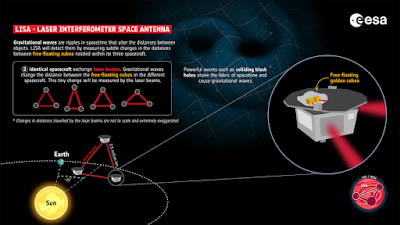Solar Eclipse April 8th, 2024.... 50 days to go.
Pascal Hilkens Astro Home Page
Sunday, February 18, 2024
Saturday, February 3, 2024
Selfie with Gerald Rhemann, Astronomy Photographer of the Year 2022
 |
| Winning Picture of Comet Leonard |
 |
| Selfie with Gerald Rhemann |
At the recent annual Day of Astrophotograhy, Gerald Rhemann gave a great lecture on Astrophotography and showing his amazing pictures. At the end of the presentation we met and took a selfie. Thx Gerald.
Gerald Rhemann has been named the overall winner of Astronomy Photographer of the Year 2022 for his photograph Disconnection Event.
The remarkable image shows Comet C/2021 A1, commonly known as Comet Leonard, which was first discovered in January 2021 by astronomer Greg Leonard. For many astrophotographers this comet was the highlight of the year.
However, it was Gerald Rhemann's photograph, taken on Christmas Day, that really blew the judges away.
Gerald's image captured a dramatic moment in the life of a comet: a disconnection event. This happens when a piece of the comet's tail becomes separated after being hit by high velocity solar particles.
"A piece of Comet Leonard’s tail was pinched off and carried away by the solar wind," Gerald recalls. "I was very lucky that the weather at Tivoli Farm, Namibia, was excellent when I opened the roof of the observatory. I recognized that the comet’s tail looked dramatic in the first image I took, so decided to extend the field of view with a second image and that’s where the disconnection happened."
Sunday, January 28, 2024
Sunspot AR3559
Sunspot AR3559 with TAL200K f/8.5 and ASI290MM.
Image setting: ND3.8, OIII filter, IR/UV blocking filter
Image setting: ND3.8, OIII filter, IR/UV blocking filter
Image setting: ND3.8, Triple stacked Ca K baader 8nmfilter
Stacking: AS4! and editing using IMPPG, CS4, DeNoise AI
Triple Stack of Baader Ca K Line filter on AR3559
I have two Ca K filters from Baader, both double stacked 8nm. Each double stacked filter has two filters in side the holder. As one of the filters was damaged, I opened it and removed the damaged one. The result is that I now have a single stacked and a double stacked Ca K filter have. We putting them together, I guess I made a triple stacked Ca K filter. The double stacked one is tilted. The filters were placed in the optical train as follow :
In both cases, sunspot AR3559 was imaged using TAL200K f/8.5 with ASI290MM. The conditions were not good with some high clouds.
ND3.8 solar film, Telescoop, double stacked Ca K, single stacked CaK, Camera ASI290MM.
As a conclusion at this time: no real difference between triple and double stacking; I would even say double stacking is better; but be aware condition were not favourable.
Setting : TAL200K f/8.5 with ASI290MM
Filters : ND3.8, Ca K 8nm Double and Single stacked filter
Software : SharpCap, AS4!, CS4, IMPPG, DeNoise AI
SSD Samsung.
Friday, January 26, 2024
ESA LISA gets Go-Ahead
LISA or Laser Interferometer Space Antenna mission, the first scientific endeavour to detect and study gravitational waves from space is approved by ESA's Science Programme Committee. The mission is planned for 2035.
Read more via this link
Sunday, January 21, 2024
Flanders invests 21 million in Einstein Telescope
Good news... Flanders invests 21 million in the Einstein Telescope. The euroregion at the border between Belgium, Germany and the Netherlands will be "a place in the Champions League of the European economy" said our Minister Jo Brouns.
See also this link : Einsteintelescope.nl
 |
| Selfie with Prof. Nick Van Remortel @ VVS Seminary (Oct 2023) |
Saturday, January 20, 2024
Subscribe to:
Comments (Atom)








